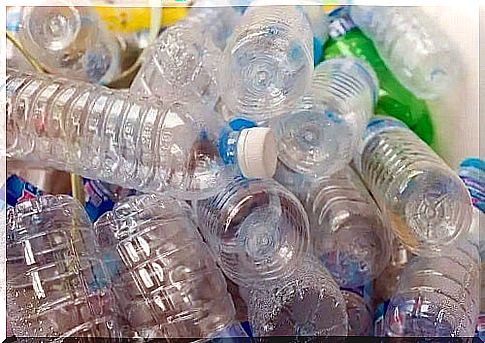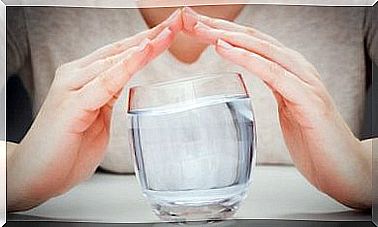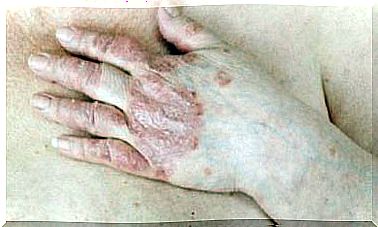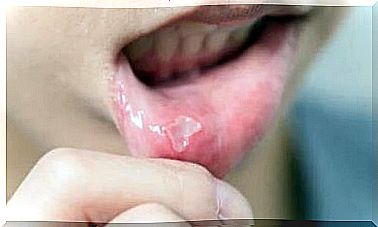Does Microplastic Affect Health?

We know that we are exposed to a large number of pollutants in our daily lives. One of them is the microplastic. But how does microplastic affect our health? Is it so harmful? Let’s take a look at the main conclusions that science has reached so far!
What are microplastics and where do we find them?
Microplastics are very small solid particles of plastic. In fact, they are plastic particles smaller than 5 microns. They can be classified into primary and secondary microplastics.
Primary microplastics are specially manufactured in small sizes to be part of the manufacture of certain products. Secondary microplastics occur as a result of the degradation of larger plastic parts.
In general, the action of the sun, wind and waves erodes the plastic in the sea. Then these very small pieces of plastic appear.
Deliberately added microplastic particles (or primers) are used in a large number of products marketed worldwide, such as:
Does microplastic negatively affect health?

The impact of plastics on the marine environment is huge. However, the consequences for human health are not so clear, as there is a lack of clear data.
In 2014, the European Food Safety Authority (EFSA) classified this type of particle as a “potential emerging risk”. However, in the same study, it highlighted the lack of analysis and scientific data needed to know how the microplastic affects health and to establish recommendations for the general population.
For now, we know that the body does not absorb particles larger than 150 microns. And the smallest particles also seem to have very little absorption. Conversely, if we talk about nanoparticles (very small plastic particles), there could be a higher absorption.
For this reason, more studies are needed to be able to accurately assess how the body absorbs these particles and what their toxicity is.
How does the microplastic reach the body?
One of the main ways in which microplastics come into contact with humans is the food chain. They are present in the environment (especially in the marine environment), and can be ingested by fish, mammals and poultry.
In general, animals do not consume microplastics. If they do, they accumulate in the intestines and stomach (and then are eliminated). So we can say that this path of contact is small.
This is not the case with crustaceans and bivalve crustaceans, as they are eaten whole. Not only do we find microplastics in animals, but we also find them in other products, such as honey, beer, sea salt and drinking water – both tap water and bottled water.
In addition to these food pathways, contact may come from other sources. The impact of cooking or baking on the presence of microplastics in food is not known at this time. We come into contact with microplastics through many products used every day, such as cosmetics, detergents, textile fibers or machinery.
Pollutants associated with the microplastic

For the time being, it is clear that more research is needed to determine the degree of toxicity that microplastics can have on human health. But some experts are also worried about the action of pollutants that could be associated with microplastics.
Microplastics can contain about 4% additives and can also absorb certain contaminants. The latter can be dangerous to human health.
Perhaps the best known of these is bisphenol A, a chemical compound widely used in the manufacture of plastics, which has been recognized as an endocrine disruptor. There is currently a ban on its use in certain types of packaging, such as baby bottles. We are also talking about phthalates, polycyclic aromatic hydrocarbons (PAHs) or polychlorinated biphenyls (PCBs).
Nowadays, we find these chemicals in a large number of products. The percentage that reaches us through microplastics is very small.
How does microplastic affect health? More studies are needed
People are exposed to both ingestion and inhalation of microplastics. Toxicity and associated health problems depend largely on size, associated chemicals and doses.
Although scientists have been collecting data for about a decade, it is important and necessary to focus more on this pollutant and its effect on human health.









